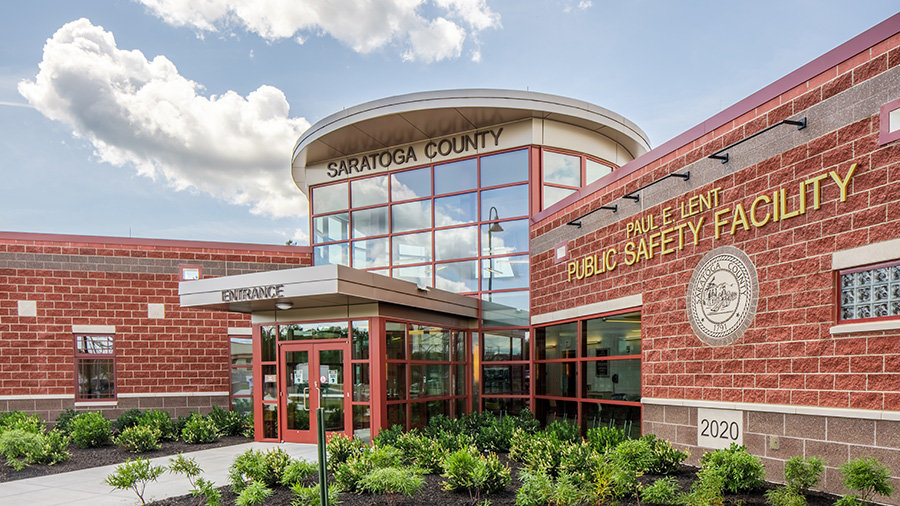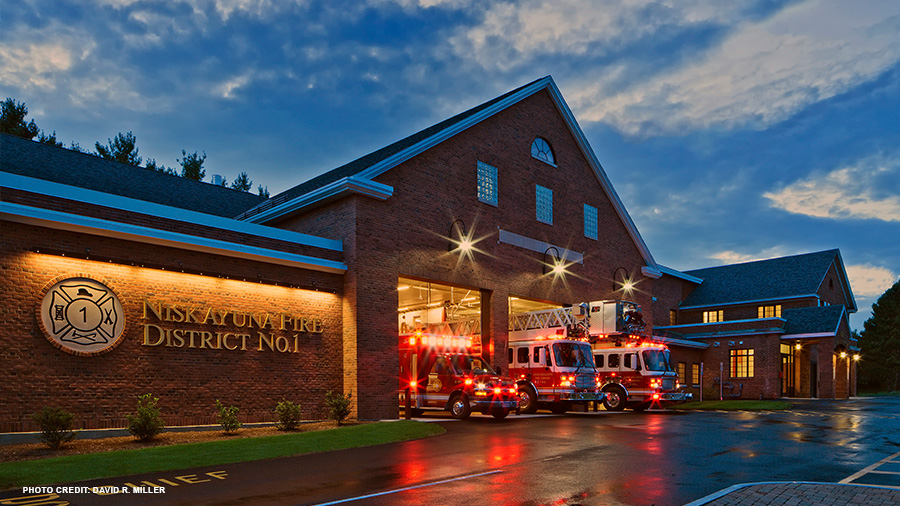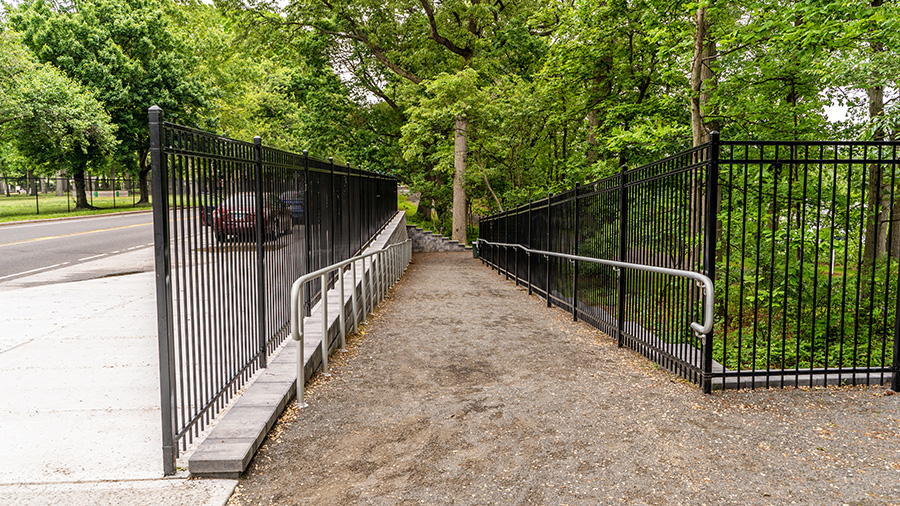A Primer on Green Campuses
By: Joseph Manzella, P.E., LEED AP BD+C |Sr. Vice President & Public Agency Market Director
Erika Murray | Program Manager

The Climate Leadership and Community Protection Act of 2019 (CLCPA) established comprehensive goals for decarbonizing New York State facilities. For campuses in the State University of New York (SUNY) system, this means improving energy efficiency and investing in alternative energy sources to reduce 1990 greenhouse gas emission levels by 40% by 2030 and 85% by 2050.
New York State’s goal is a significant one, but there are a wide variety of effective sustainability renovations that can help your school achieve the bold decarbonization goals outlined in the CLCPA.
An experienced A/E/C firm can help identify points of potential improvement and develop solutions such as:
- Improving building thermal envelopes. Thermal envelopes serve as the primary barrier between the interior temperatures of a building and the exterior. An effective envelope reduces drafts, inside humidity, and opportunities for mold growth, and provides an environment where the space conditions can be better controlled. While a loosely constructed envelope can improve indoor air quality and possibly eliminate the need for additional mechanical ventilation, it can often create issues with providing a consistent indoor temperature.
- Implementing building management systems. Intelligent building management systems offer a level of both manual and automated control over everything from temperature to lighting and more. These systems can significantly reduce unnecessary waste, for example, by only heating and/or cooling the building during regular hours or by adjusting interior lighting based on how much daylight is already coming through windows. Every watt counts when going green and building management systems are ideal for eliminating extraneous energy consumption.
- Utilizing alternative energy sources. Energy sources such as wind, geothermal (extracted from the Earth), and photovoltaic (absorbed from sunlight) can provide clean, reliable, and cost-effective electricity to power everything from a single dormitory hall to an entire college campus.
- Conserving water. Low-flow plumbing fixtures use dramatically less water than the average fixtures, and therefore can significantly reduce water bills. Furthermore, lower water utilization contributes to reduced energy consumption, as it requires less time and energy to heat.
A quality A/E/C consultant will know which solutions are most appropriate for each campus and/or facility, but there are several other important factors to consider when deciding on a firm. The ideal A/E/C firm will not just prescribe the proper decarbonization technologies, but also meet client expectations with regards to budget and timeline.
Some of the most important traits to look for in an A/E/C firm include:
- LEED and/or WELL accreditation. The Leadership in Energy and Environmental Design (LEED) accreditation, offered by the U.S. Green Building Council, signifies a greater level of expertise in designing buildings that are energy-efficient and environmentally friendly. Additionally, the LEED Advanced Professional (AP) accreditation goes even further with specific subcategories of expertise such as Building Design + Construction (LEED AP BD+C).
WELL accreditation, offered by the International WELL Building Institute, indicates experience with designs that prioritize the health of a facility’s occupants, which often go hand-in-hand with sustainable design. Because campuses often lack the resources to hire staff with that specific type of expertise, it is all the more vital that the consulting firm feature a roster of LEED- and WELL-accredited professionals. - Multiple disciplines under one roof. Sustainable design covers many different disciplines, including architecture, interior design, and mechanical, electrical, and plumbing (MEP) engineering. The ideal firm will employ experts in a wide variety of disciplines, allowing a majority of the work to be performed in-house and reducing the need to rely on subconsultants.
- Strong relationships with subconsultants. In situations where subconsultants are required, seeking out and negotiating with qualified subconsultants can add to the budget and lengthen the timeline of a project. The length and cost of a subconsultant search can also be extended by New York State’s Minority and Women-owned Business Enterprise (MWBE) and Service-Disabled Veteran Owned Business (SDVOB) Programs, which requires certain projects to utilize subconsultants registered under the programs. However, firms that have strong, pre-existing partnerships with MWBE and/or SDVOB subconsultants can save time and money by avoiding lengthy searches.
This can be especially beneficial for projects that require phasing in order to avoid disruption to the student activities in the building. Shorter windows for design and construction work can mean fewer disruptions to student life.
Creating more sustainable, environmentally-friendly campuses will ultimately help improve the health and happiness of students and faculty, preserve our natural environment, and create long-term energy and maintenance cost savings. The goals outlined in the CLCPA may be ambitious, but they are also achievable with the right consultants by your side.



